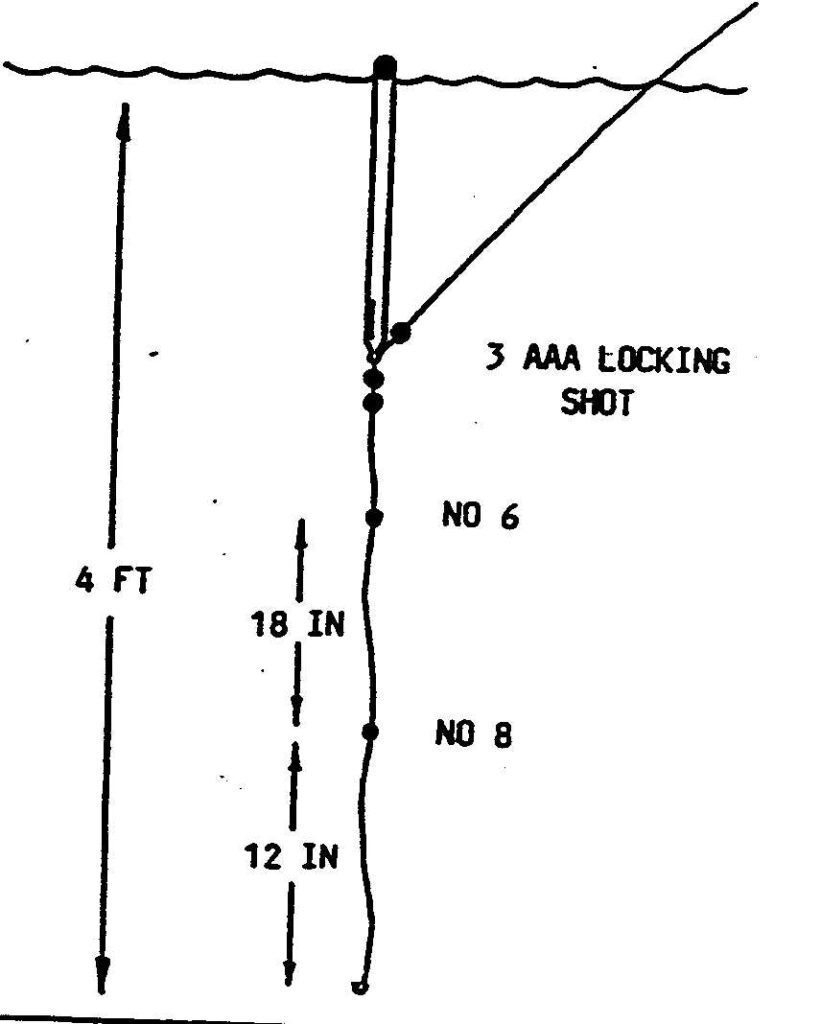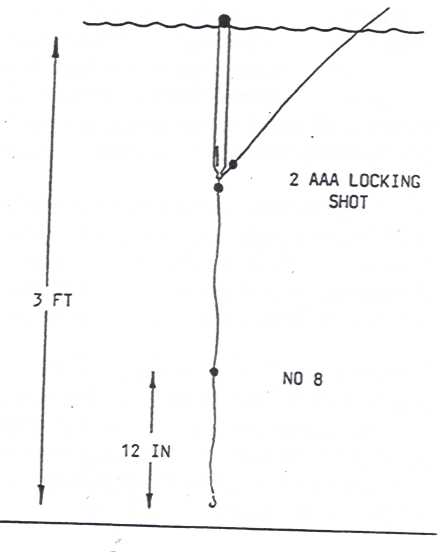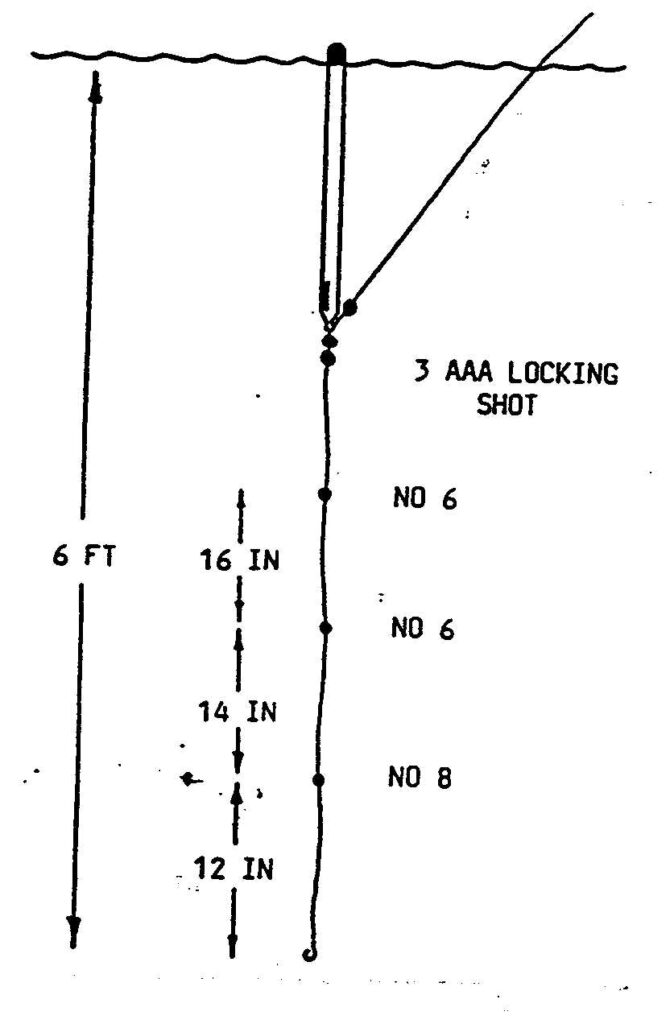THE PEACOCK STRAIGHT WAGGLER

Peacock is the feather quill of the peacock bird, originating from India, first imported into this country after the second world war. Peacock feather, as well as making floats can also be used in fly making
The quills come in lengths of up to 30″ whereby it can be cut into various sizes according to the diameter for different types of floats, the quill has an outer white hard shell and a soft pith inside, it is very buoyant and is easily cut to size, by the use of a hot wire.
Sanding down the edges to make a smooth finish, if the peacock is slightly bent then it can be straightened over steam. The float is then painted, and finished off in a varnish paint or as most floats now, come with a plastic finished paint. The tip of the float (1/4″) should be painted first with a white background and then with fluorescent paint’s (orange or yellow) black and white tips can also be used depending on the fishing backdrop and light.
The straight peacock float is a very versatile float and can be used either on stillwaters (canals, lakes, ponds, reservoir’s etc…) or running waters (rivers, streams, moving canals etc…)
Because of the thickness of the tip in comparison to the float, it has a few advantages over other types of wagglers, firstly it can be seen easily and at longer distances, secondly because of the nature of the buoyancy of the tip it can be used for dragging the bait on the bottom of the swim hence slowing the float up, creating a slow presentation of the bait.
Fishing the straight peacock waggler on the river is an ideal tool, the method for slowing up the bait, is to under shot the float slightly, over depth and string a line of shot so that it drags the bottom of the river bed. Getting the right balance is very important, it must be slowed down so the float doesn’t get pulled under. Instead it will have a tripping affect, the float will dip and pull in a constant rhythm, when a fish stops the bait, the float will go under.
A small thick straight waggler can be deadly for fishing shallow in the water, especially for chub and dace, using just a few small dust shots down the line, its ideal for fishing and casting to those over hanging trees. Do not feather the line when casting to the under laying branches and the line of shots will follow the cast so not to tangle into the tree.
A good idea is to fish most river wagglers down stream, you get better control over the tackle and less bow in the line.
Keeping a straight waggler anchored to the bottom in still water, is similar to the river method, but this time you can use just one number 4 shot (see diagram) you will need to do this when the surface drift is going the opposite way to the under tow, caused by wind drift. In deeper swims the shotting can be bulked at least half way, and a few dropper shots below that, this enables the bait to get down quicker and at the same time stabilizes the float.
A long forgotten ploy to camouflage a float; especially a waggler and too colour it white, thus allowing a float to blend in with the light sky above instead of a dark colour that may spook the fish below. Also natural green colour is available replicating a leaf or a floating plant. (In nature most birds of prey have white under skin as most fish, this is to camouflage them from any attack underneath.) In all my range of floats the anglers have the opportunity to order any float in black, white or green at no extra cost
SOME SIMPLE BASIC SHOTTING METHODS




Would you like the complete contents in one blueprint Then Purchase The Complete Float Fishing Manual NOW
